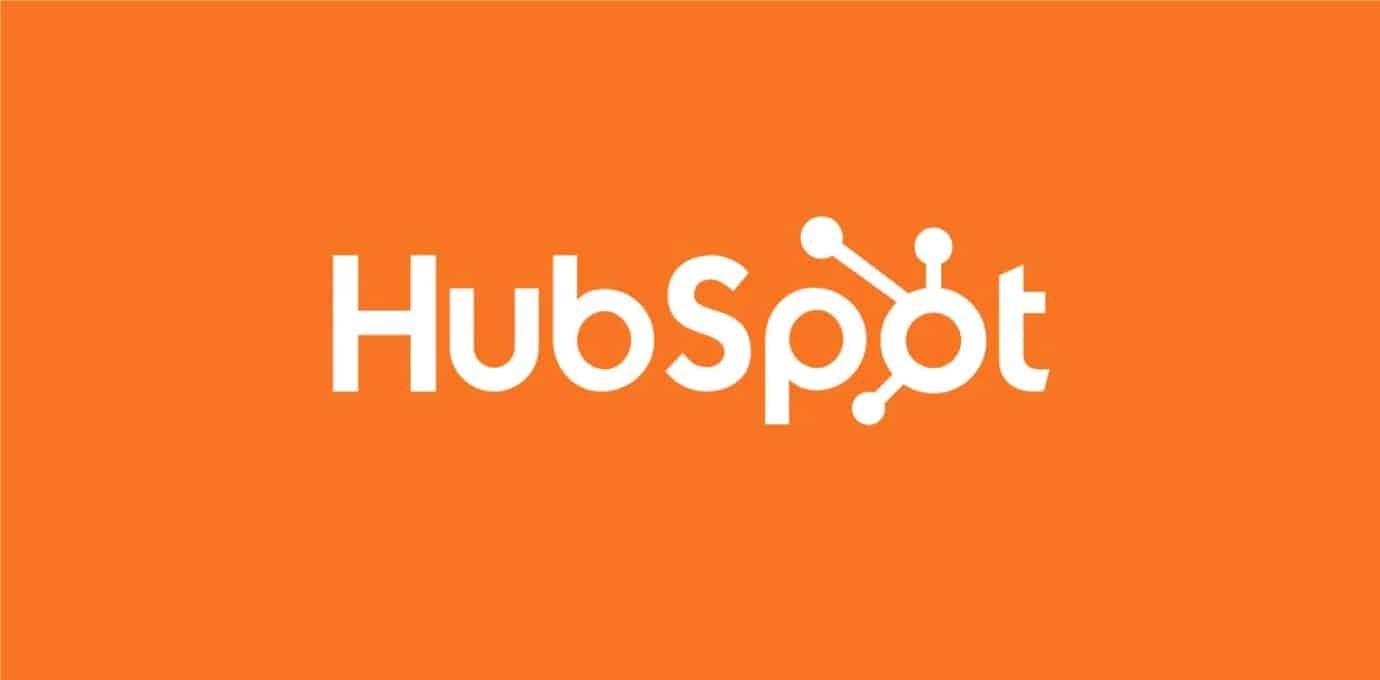Stefan Sagmeister thought he could be happier. He read books about happiness and spoke to psychologists. He tried meditation, dabbled in cognitive behavioural therapy, and threw back antidepressants. The story of his quest for happiness could have been made into a book. It could have been a webpage. Instead, he told the story through an event—an exhibition called The Happy Show.
The Happy Show forced Sagmeister’s story to be told in a three dimensional space. This idea of storytelling in 3D not only changed the game for how Sagmeister had to think about visual communication, but changes the game for brands who attend or set up their own events too.
Get on your bike
Instead of pinning things to walls and hoping people would read them (in the same way brands often turn up to industry events and hope people will talk to them), Sagmeister made his event’s narrative dependent on audience engagement. How well they engaged with the event would arguably translate into how well they understood his message.
One such engagement involved a neon light display that required you to cycle on a bicycle to reveal the whole message: that actually following through with things and making an effort is really satisfying, just like cycling on the bike to make those lights change.
He received excellent reviews.
It’s my belief that when brands move into these three dimensional spaces, the concept of crafting narratives that require active engagement and interaction is similar.
A commercial exhibit, an industry event, the official launch of your brand—these things are all set up with a similar principle to museum exhibitions: you meeting face to face with your audience and saying something worthwhile. And like Sagmeister’s exhibition, they also require you to engage with your audience in order to get excellent reviews.
Curate your message
Like museums, you need to curate your event for interaction. This means going through a process of selection, organisation and presentation, from defining your concept to figuring out how you’re going to communicate it within your space.
The most important step, before you do anything else, is to define your message. This message should be at the core of everything you do, from what collateral you give out to how your space looks and how people interact with you. Ask yourself what people need to understand about you—what do you want them to walk away from your event remembering? This doesn’t mean they should go away just thinking wow, that was a cool, because that means people haven’t understood what you’re trying to say. You want cool plus something else.
Overall you need to go for one simple message and stick to it. One message communicated boldly with intent, is stronger than several messages competing for attention.
For Sagmeister, happiness was the concept that underpinned the whole exhibition. It was a simple message that could be communicated through the simplest of actions.
Other events that have defined their message clearly and concisely before going on to work out how they’ll communicate it include Run for your Bun. Their message was also simple: good food and exercise are an important part of a healthy lifestyle. In defining what they were trying to say, their concept came to life in the form of a Cafe that required visitors to pay with high intensity exercise instead of money.
Once you define your message, everything else will flow and you’ll have an answer for pretty much everything.
Curate your space
Like a museum, how you organize and use your space is important. Treat your space as a tool for communication—not just a place you’ll happen to be in.
Take advantage of even the smallest delightful details to create a whole, cohesive experience for visitors. This requires a shift of thinking for many; from how we use 2D design to communicate, to how we can engage people with 3D environmental design, which is much more about interaction and experience.
For Sagmeister, this meant questioning what was available for him in his space and subverting it.
Meanwhile, Adobe used every bit of space they could find to not only communicate their idea of the future of design, but also guide people directly to them when they installed a stream of interactive lights along the ceiling to their stand.
Just as large scale spaces can accommodate impressive displays, small spaces can overcome their challenges to accommodate small activities with big messages that communicate complex ideas. A small sensor and a cheeky hashtag were all that was needed to get people involved in understanding the Internet of Things at this technology event.
Curate your interaction
Like Pangea’s #Imthehottest heat sensor competition, you need to present your message through an engaging and interactive medium.
Ask what people will do at your event, besides talk to you, and how this resonates with what you’re trying to tell them. Furthermore, how would their interactions start conversations with you, and support your team in in telling a story?
You will not achieve this by hiring one of those speed reaction frames where you hit the lights in a certain order that many events have. Despite what google says this is not the perfect indoor trade stand attraction, unless you’re in the business of selling those frames specifically.
(On a side note this goes for the free stuff you give out too—don’t give out stuff that has nothing to do with your story–say no to the USB!)
The interaction is the message
The interaction can be as simple as this board we worked on for the launch of a health company. Realising there was a chance to resonate what the brand did and stood for, we set up an interactive platform for users to reflect on their current health as well as their future wellbeing goals. This not only helped attendees understand what the brand could do for them and start discussions around health, but gave the brand some useful insights into their potential users.
Other interactions can take inspiration from disruptive guerilla advertising or marketing stunts. One of my favourite stunts from last year would make an excellent interaction at an event. Reebok took to the streets and put up a billboard with a built in speed camera. Anyone who ran past the board faster than 10 miles an hour unlocked a brand new pair of trainers.
Reebok’s PR and Social Media Manager said “It’s important to do things for real and to actually activate the target group… We want to inspired people to run and push their limits, even when they’re not at the gym. That’s what our tagline ‘Be More Human’ is all about.”
The reviews are in
Just like museum exhibitions, what you’re looking for during and after your event are outstanding reviews. You want people to be talking about your brand, and curating a well thought out interaction with your audience can help you get people talking and posting on social.
Remember, how well they engage with you at the event will translate into how well they understand and proliferate your message.









